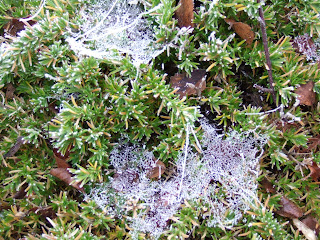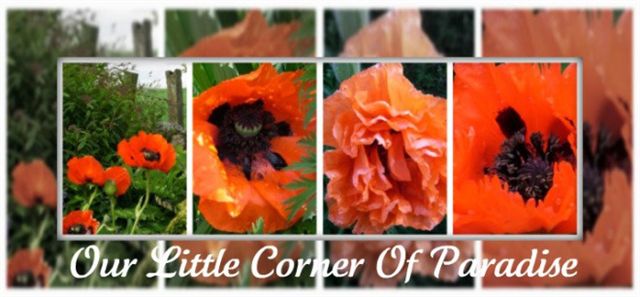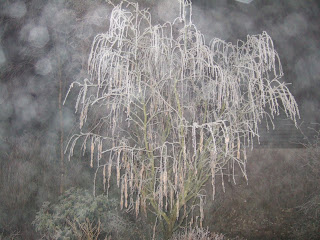
 Two of the most striking trees we have in our garden are poplars, "populus candicans" to be precise. In Spring their leaves start out a shade of pale lime-green combined with a shade of pink and with pale cream edges. As Summer wears on, the shade becomes more green, but still with the cream edge. The species is fairly common in the sense that most garden centres would have them for sale, and yet, everyone who visits our garden always asks the name of the tree.
Two of the most striking trees we have in our garden are poplars, "populus candicans" to be precise. In Spring their leaves start out a shade of pale lime-green combined with a shade of pink and with pale cream edges. As Summer wears on, the shade becomes more green, but still with the cream edge. The species is fairly common in the sense that most garden centres would have them for sale, and yet, everyone who visits our garden always asks the name of the tree.The main reason we bought them, apart from their intrinsic beauty, is in the hope of finding the caterpillars of the puss moth. These are delightful creatures with pink faces, black eyes and lime-green bodies with black patterns on them. Most striking of all is that when disturbed, these little larvae extrude two red "tails", which are modified claspers. They are mainly found on willow and poplar trees and cause no end of fascination to children and adults alike.
















































